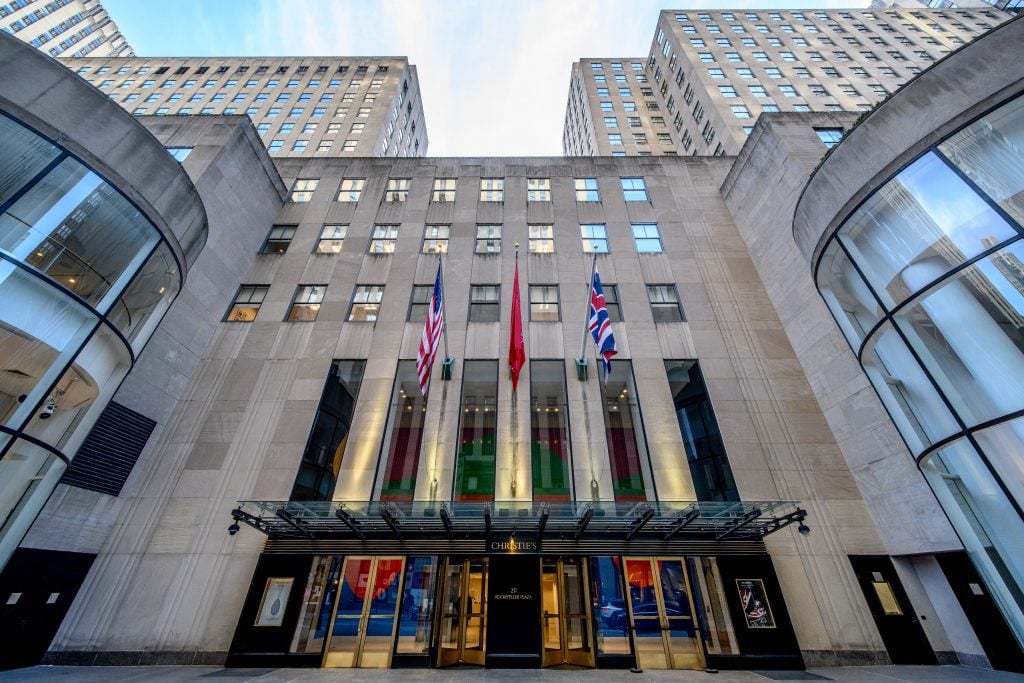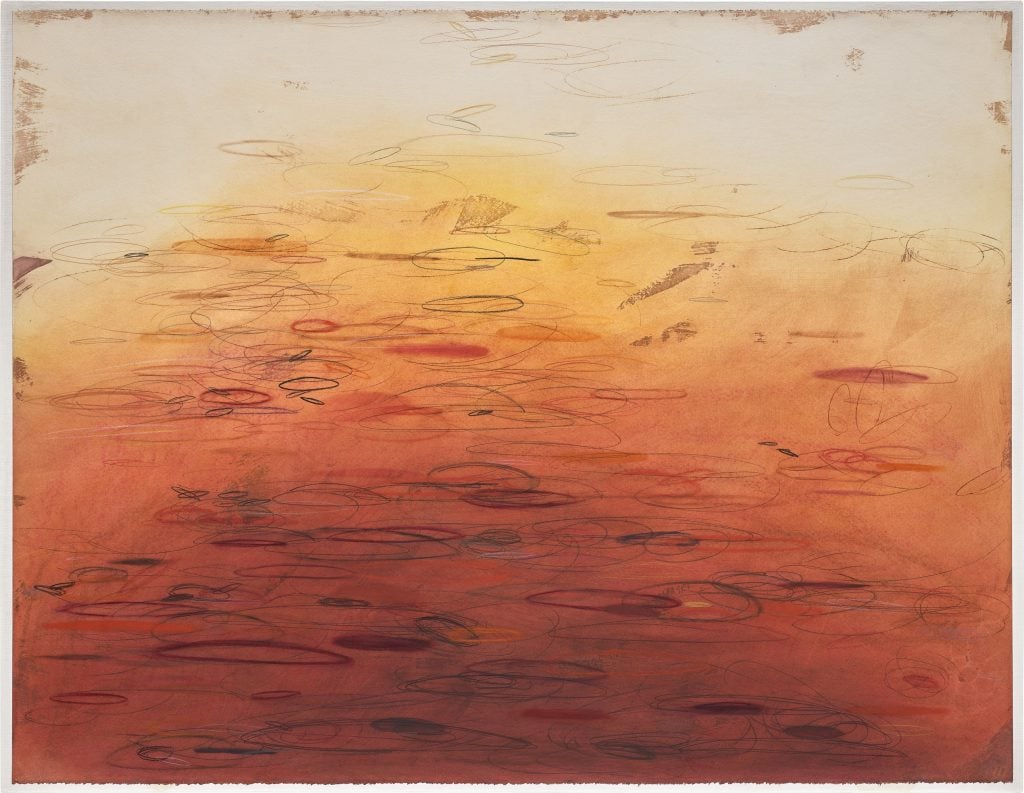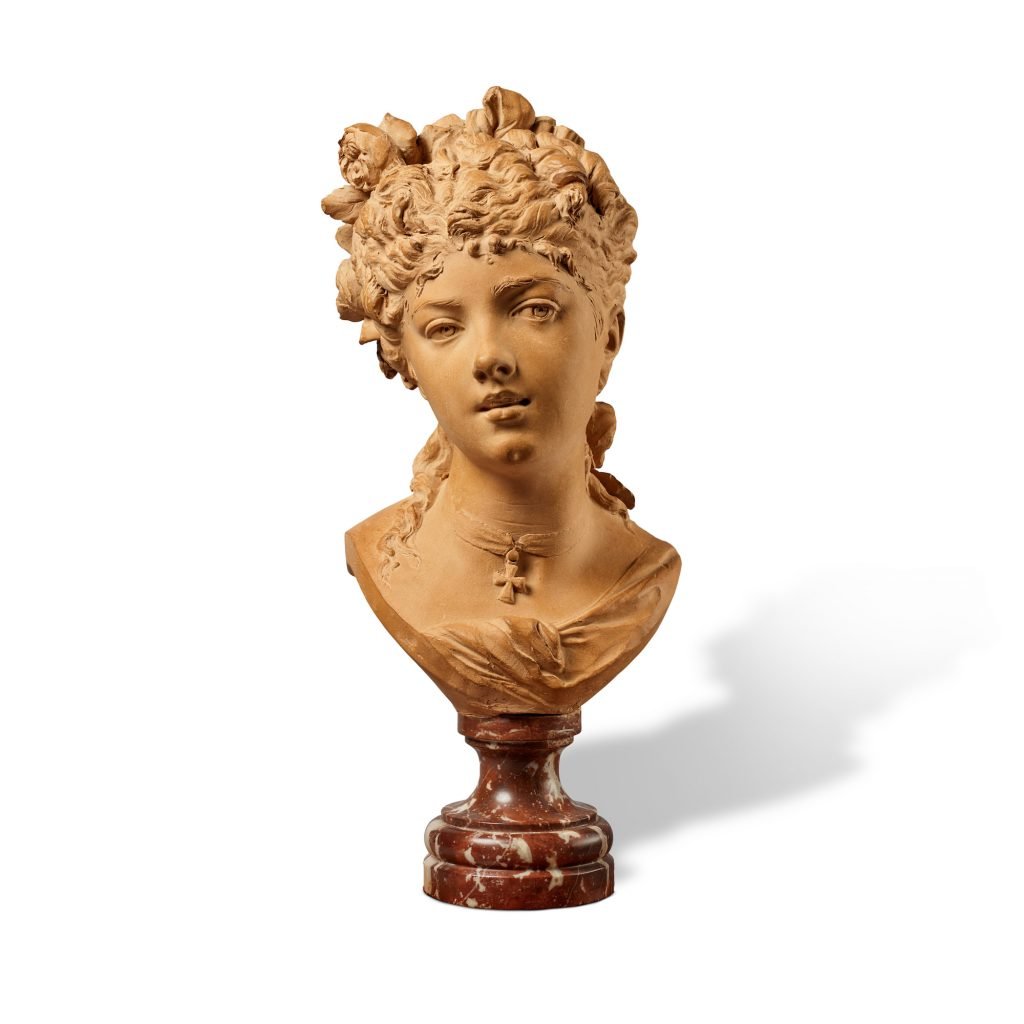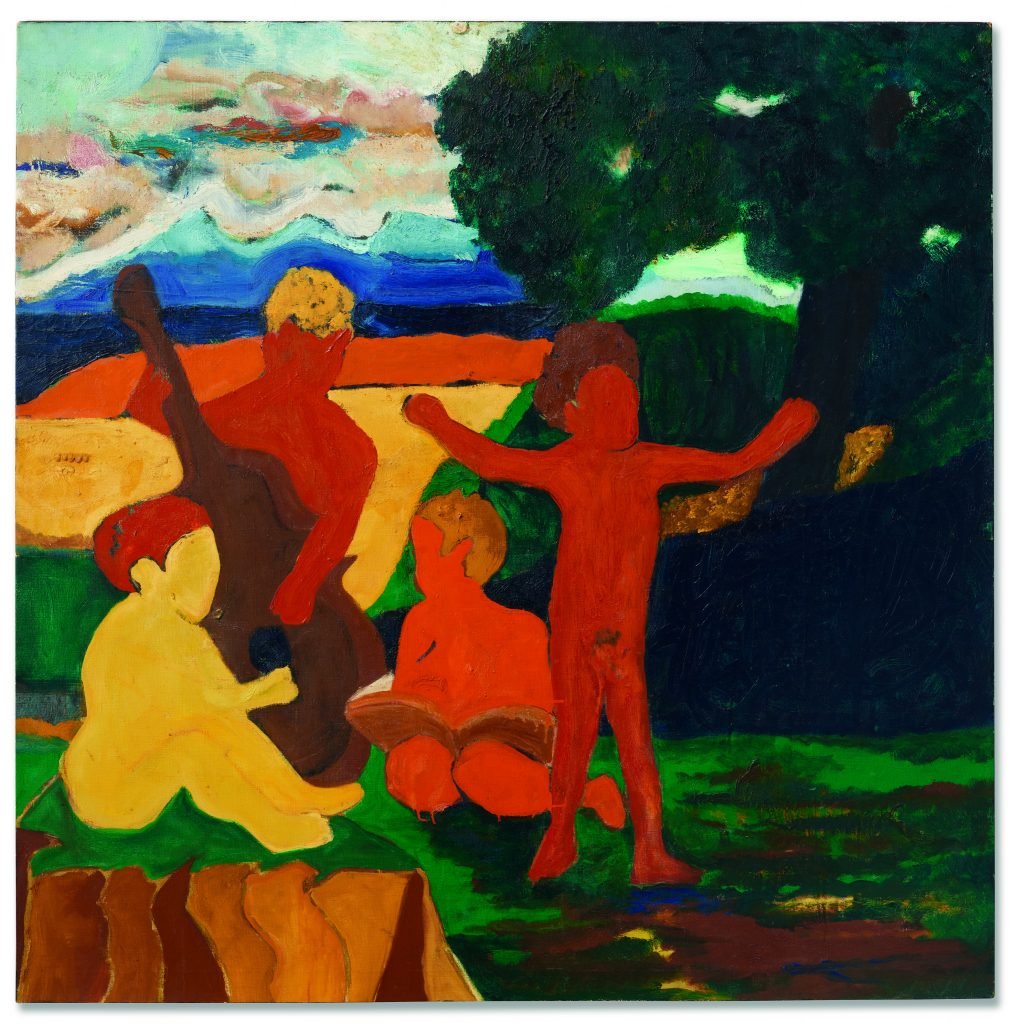Auctions
Hot Lots: 3 Works That Blazed Past Expectations at the New York Day Sales
Why has demand for Emmi Whitehorse's work exploded? What's happening in the Bob Thompson market? Read on.

Why has demand for Emmi Whitehorse's work exploded? What's happening in the Bob Thompson market? Read on.

Artnet News

Evening sales are tightly orchestrated affairs these days, with a bevy of guaranteed lots, last-minute (and mid-sale) withdrawals to keep works from flopping, and even quiet adjustments to reserves to ensure that material sells. On the other hand, day sales still retain something of a laissez-faire feel. Last year’s ultra-hot artists can crash and burn, sometimes en masse, and little-known names and lesser-known works can suddenly pop, as eagle-eyed, risk-taking, or just carefully calculating bidders decide to fight. Surprises abound.
Below are three such surprises—lots that blasted past their estimates at the marquee May day sales of Modern and contemporary art in New York. Were the prices one-off results generated by passionate, driven collectors, or do they augur shifts in artists’ markets? Answers follow.
Emmi Whitehorse (b. 1957)
Canyon Lake I, 2001

Emmi Whitehorse, Canyon Lake I (2001). Courtesy: Phillips
Auction: Phillips, Modern and contemporary art day sale, May 15
Estimate: $12,000 to $18,000
Sold for: $177,800
The price for Canyon Lake I established an auction record for the Indigenous artist, whose semi-abstract compositions are inspired by the landscape of the Southwestern United States, home to her native Navajo Diné people. The work drew eight bidders from four countries, selling to a private European collector, according to Phillips.
A day earlier, another oil on paper, #534 Untitled (1985), fetched $127,000 at Sotheby’s, compared to the presale estimate of $15,000 to $20,000. This is a relatively new development. Until 2022, Whitehorse’s prices topped out at just over $6,000.
Whitehorse always works in the same format, according to New York’s Garth Greenan Gallery, which represents her: mixed media on paper mounted on canvas. She has said that her work is about the land and the beauty of nature, the union of the physical and spiritual, rooted in light, color, and space.
The demand for her work can be traced to the Venice Biennale. Whitehorse is included in “Foreigners Everywhere,” the main exhibition of the prestigious survey this year. The show’s curator, Adriano Pedrosa, chose four large-scale atmospheric works by Whitehorse. They clicked with many people and landed on various “best” lists. Then auction prices spiked. (Prices for new works of the same size—60 inches by 90 inches—are in the range of $200,000.)
The increasing prices reflect a new focus on Indigenous artists by collectors and institutions. Whitehorse’s works have been exhibited recently at the Whitney Museum of American Art and the National Gallery of Art in Washington, D.C. Artist Jeffrey Gibson, who is a member of the Mississippi Band of Choctaw Indians, is representing the U.S. in Venice right now. Last year, the Whitney gave a solo retrospective to artist Jaune Quick-to-See Smith, a member of the Confederated Salish and Kootenai Tribes. In January, Phillips became the first auction house to host an exhibition dedicated to Native American art. —Katya Kazakina
Auguste Rodin (1940–1917)
Buste de Jeune Femme Coiffée de Roses et Portant une Croix Autour du Cou, circa 1875

Photo courtesy Sotheby’s.
Auction: Sotheby’s, Modern Day Auction, May 16
Estimate: $30,000 to $50,000
Sold for: $120,650
Rodin’s bronze sculptures can easily fetch seven-figure prices, but this terracotta gem—a delicately rendered bust of a young woman wearing roses in her hair and a cross around her neck—was estimated at a far more modest high of $50,000.
The Metropolitan Museum of Art owns a similar work. As it notes on its website, during Rodin’s long years of poverty, he worked for commercial sculptor Albert-Ernest Carrier-Belleuse and created fashionable works like this, in his boss’s style. Rodin later said, “Nothing I ever did for Belleuse interested me.” The buyer of the recent Sotheby’s example clearly felt otherwise.
The piece was included in a 2019 show about Paris in 1900 at the Portland Art Museum in Oregon and has the stamp of approval of the Comité Rodin, which included it in an upcoming Rodin sculpture catalogue it is assembling. Last week’s $120,650 sale is the ninth-highest result for a Rodin terracotta on the auction block. The record for such work is $373,000, set at Christie’s in Paris in 2012 for a much later piece, Roméo et Juliette (ca. 1901–02).
—Eileen Kinsella
Bob Thompson (1937–1966)
Music Lesson, 1962

Photo courtesy Christie’s
Auction: Christie’s Post-War and Contemporary Art Day Sale, May 17
Estimate: $400,000 to $600,000
Sold for: $1.26 million
Bob Thompson was only 28 when he died in 1966, but he had already created a body of work that makes him one of his generation’s greatest figurative painters. Plumbing Renaissance paintings for material, he transmuted centuries-old forms into beguiling, vaguely mysterious compositions that he built from flat planes of vivid color. As contemporary scholars expand art history’s canon, Thompson, who was African-American, is being recognized as an essential figure, and the market is concurring. Nine of the artist’s top 10 auction results have come in the past decade, and last week’s sale of Music Lesson (1962) set a new top mark for him, beating his previous record of about $328,000, set at the same house in 2013. (That’s around $441,000, adjusted for inflation.)
The roughly four-foot-square work has a long exhibition history—a reminder that, while Thompson may not yet be an ultra-famous name, his work has been seen shown widely for decades. It was once owned by the trailblazing art dealer and philanthropist Thurlow Evans Tibbs, whose holdings were exhibited at more than a dozen institutions between 1989 and 1991 under the title “African-American Artists 1880–1987,” including the Afro-American Cultural Center in Charlotte, North Carolina, the Arkansas Arts Center in Little Rock, and the Telfair Academy of Arts and Science in Savannah, Georgia. In New York, the 52 Walker Gallery presented a selection of Thompson’s work last year, as did Michael Rosenfeld Gallery, which has long championed his work.
There is never a bad time to become a Thompson fan, but becoming a Thompson collector is becoming more and more expensive. —Andrew Russeth